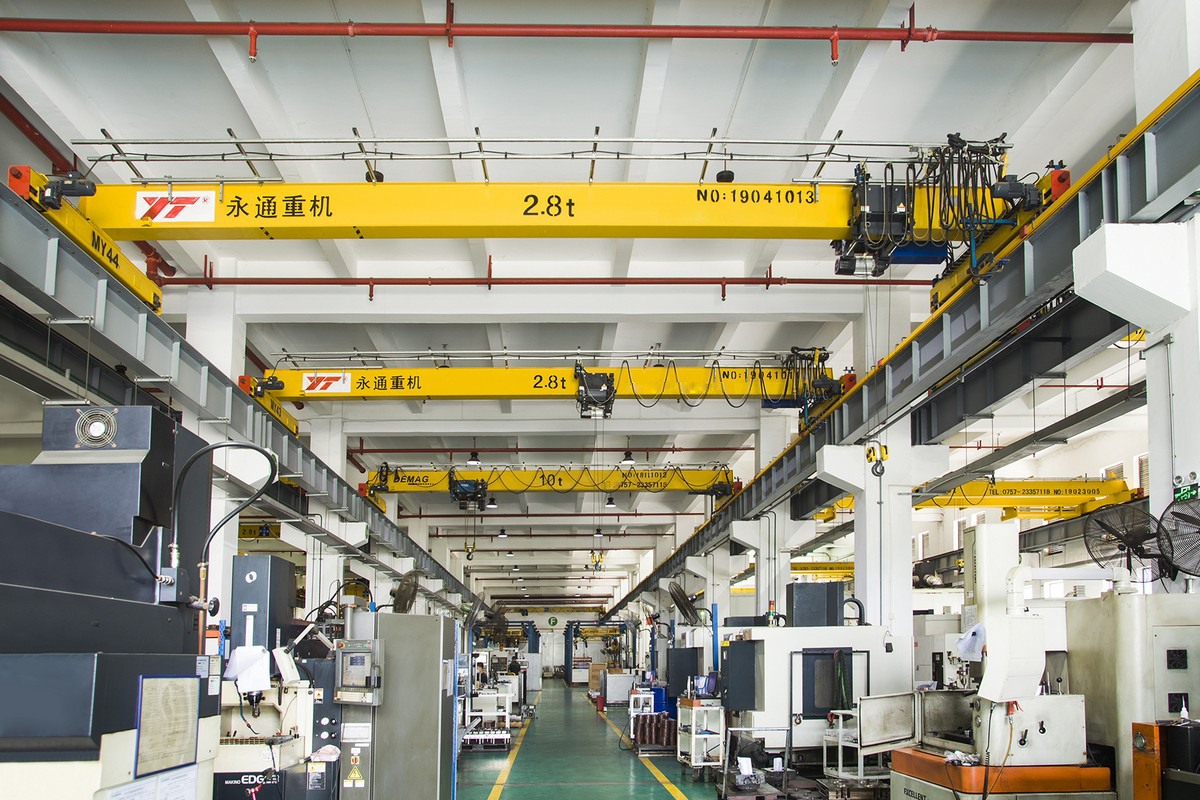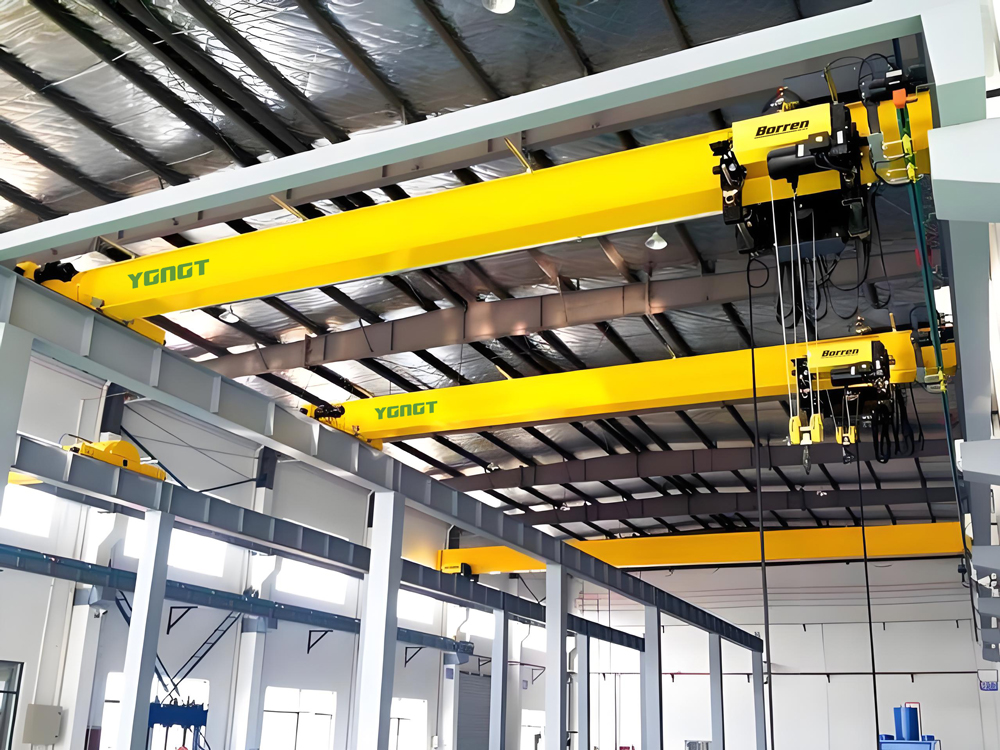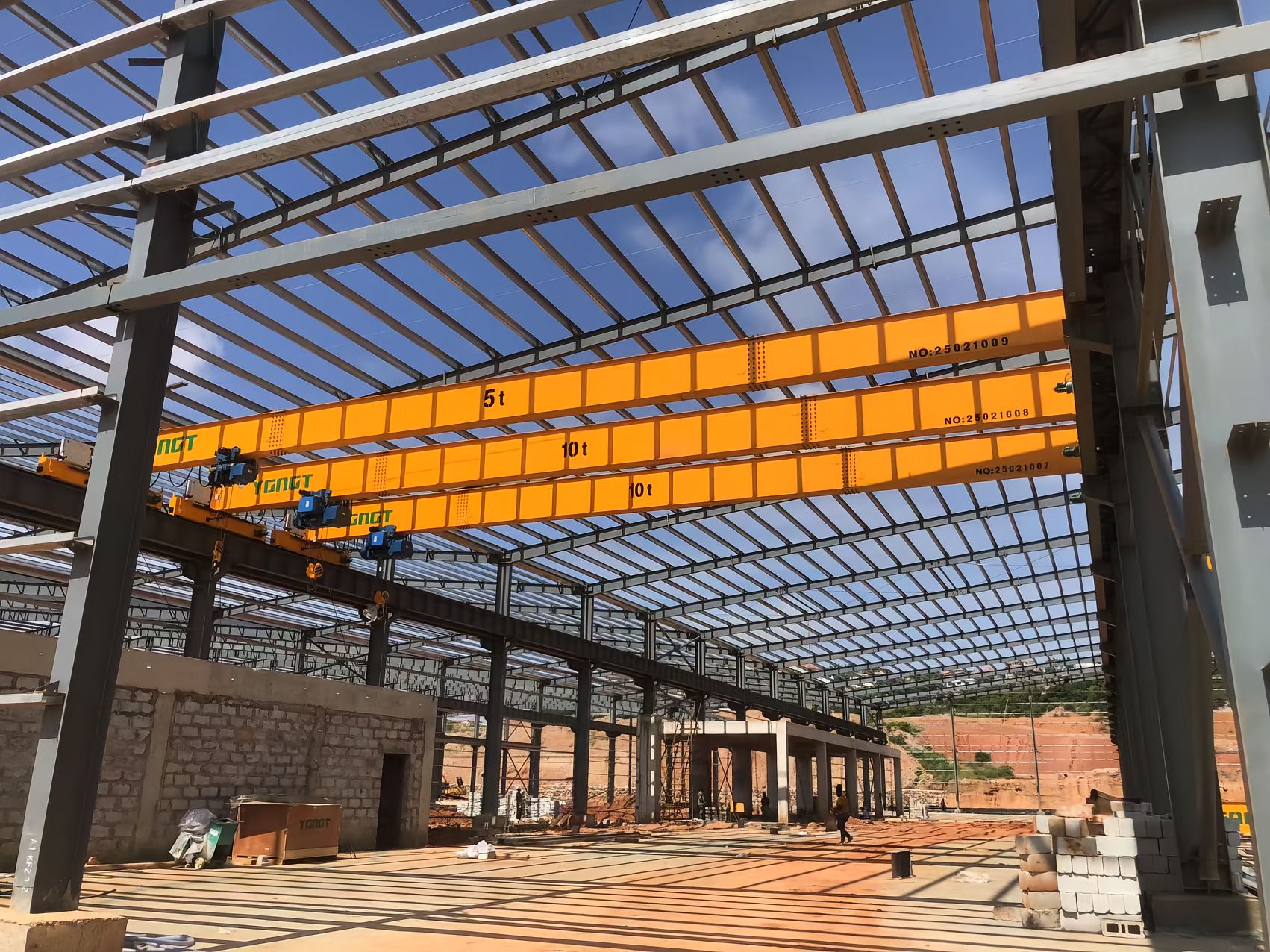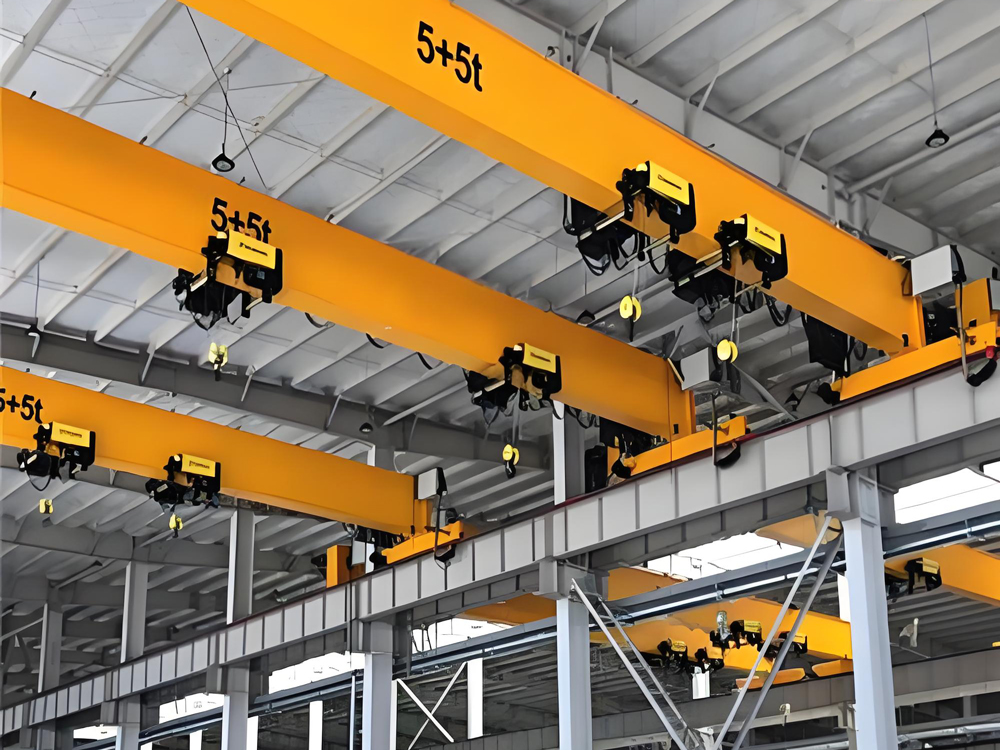Single-girder Electric Overhead Traveling (EOT) cranes are a cost-effective type of overhead crane, typically used for lighter loads in settings like warehouses, factories, and assembly lines. Their prices can range from around $2,000 for basic 1-ton models to over $50,000 for higher-capacity or customized versions, but the exact cost depends on multiple interrelated factors. These factors stem from design specifications, operational requirements, materials, and external economic influences. Below, I'll outline the key factors, grouped logically, with explanations of how each impacts pricing. This is based on industry analyses from crane manufacturers and suppliers.

Core Design and Specification Factors
These are the most direct influencers, as they dictate the crane's structural and mechanical requirements.
Lifting Capacity (Tonnage): The maximum load the crane can handle is a primary driver, as higher capacities require stronger girders, larger motors, and more robust components like reels and hoists. For single-girder EOT cranes, capacities typically range from 1 to 20 tons (up to 32 tons in some models), and prices increase proportionally—e.g., a 1-ton model might cost $2,200–$9,500, while a 20-ton version could reach $6,000–$30,000 or more.
Span (Bridge Length): The distance between the runway rails affects the amount of steel needed for the girder, increasing material and manufacturing costs for longer spans. Single-girder EOT cranes often have spans of 7.5–31.5 meters; longer spans can add thousands to the price due to added weight and engineering complexity.
Lifting Height: The vertical distance the load needs to be raised requires adjustments to the hoist mechanism, such as longer ropes or chains and more complex reel designs. Heights typically range from 6–30 meters for single-girder models, and greater heights raise costs by necessitating additional materials and safety features.
Runway Length: The total length of the tracks the crane travels on contributes significantly to the overall system cost, as it involves more rails, supports, and installation work. While not part of the crane itself, it's often bundled in quotes and can substantially inflate the total expense.
Operational and Environmental Factors
These relate to how and where the crane will be used, often requiring customizations that add to the base price.
Duty Cycle/Service Classification: This measures usage intensity, including frequency of lifts, load averages, and operational speed. Higher duty classes (e.g., A3–A4 for single-girder EOT cranes) demand durable components like reinforced gears and motors, increasing costs for heavy or continuous use in environments like machine shops.
Working Environment: Harsh conditions (e.g., high temperatures >60°C, dust, chemicals, humidity, or explosive atmospheres) necessitate protective coatings, seals, or certifications, raising material and design expenses. For instance, cranes in coastal or high-altitude areas may need anti-corrosion upgrades.
Power Supply and Voltage: Variations in electrical requirements (e.g., 220V–480V, 3-phase) affect component selection and compatibility, with non-standard voltages adding costs for adaptations.
Operation Speed and Controls: Faster speeds require advanced motors and drives, while control options (e.g., pendant, radio remote, or cab) add features like variable frequency drives, impacting costs based on precision needs.
Additional Features and Customizations: Extras like anti-collision systems, limit switches, intelligent monitoring, or explosion-proof designs increase prices due to added technology and integration. European-style (FEM) configurations with imported motors are pricier than basic LD models (e.g., $5,000–$15,000 vs. $1,700–$20,000 for similar capacities).

Economic and Logistical Factors
These external elements can vary by market and location.
Material Costs (e.g., Steel Prices): Steel, the primary material for girders and structures, fluctuates with global markets, forming a core part of the cost equation. Other components like motors, reducers, and wheels also contribute based on brand and quality.
Manufacturing and Brand Variations: Costs differ by country of origin and manufacturer due to labor, economic factors, and quality standards. Premium brands with reliable components (e.g., German motors) cost more but offer better longevity.
Transportation and Installation Costs: Shipping (inland/sea freight, insurance, customs) can exceed the crane's base price, especially for international orders. Installation may involve professional teams ($180–$200/day per person) or site modifications, adding significant expenses.
Order Volume and Market Dynamics: Bulk orders or competitive bidding can lower unit prices, while supply-demand fluctuations and incidentals (e.g., taxes, inspections) can raise them.
Building/Structural Requirements: For existing facilities, assessments and modifications (e.g., reinforcing beams) add costs; new builds may integrate these more affordably.
Maintenance and Reliability Considerations: While not direct purchase costs, long-term factors like parts availability and crane lifespan influence total ownership costs, favoring higher initial investments in reliable models.
Summary Table of Key Factors and Impact Levels
| Factor | Typical Impact on Price | Example Price Variation |
|---|---|---|
| Lifting Capacity | High | +$1,000–$10,000 per ton increase |
| Span | High | +$500–$2,000 per meter extension |
| Lifting Height | Medium | +$200–$1,000 for taller hoists |
| Duty Cycle | Medium-High | +10–30% for heavier duty classes |
| Environment | Medium-High | +20–50% for harsh conditions |
| Custom Features | Variable | +$500–$5,000 per add-on |
| Transportation/Install | High (add-on) | +$1,000–$10,000 depending on distance/site |
| Materials (Steel) | Variable (market-driven) | +5–15% with rising prices |
To get an accurate quote, provide detailed specs to a manufacturer, as prices are highly customized and fluctuate with market conditions.


